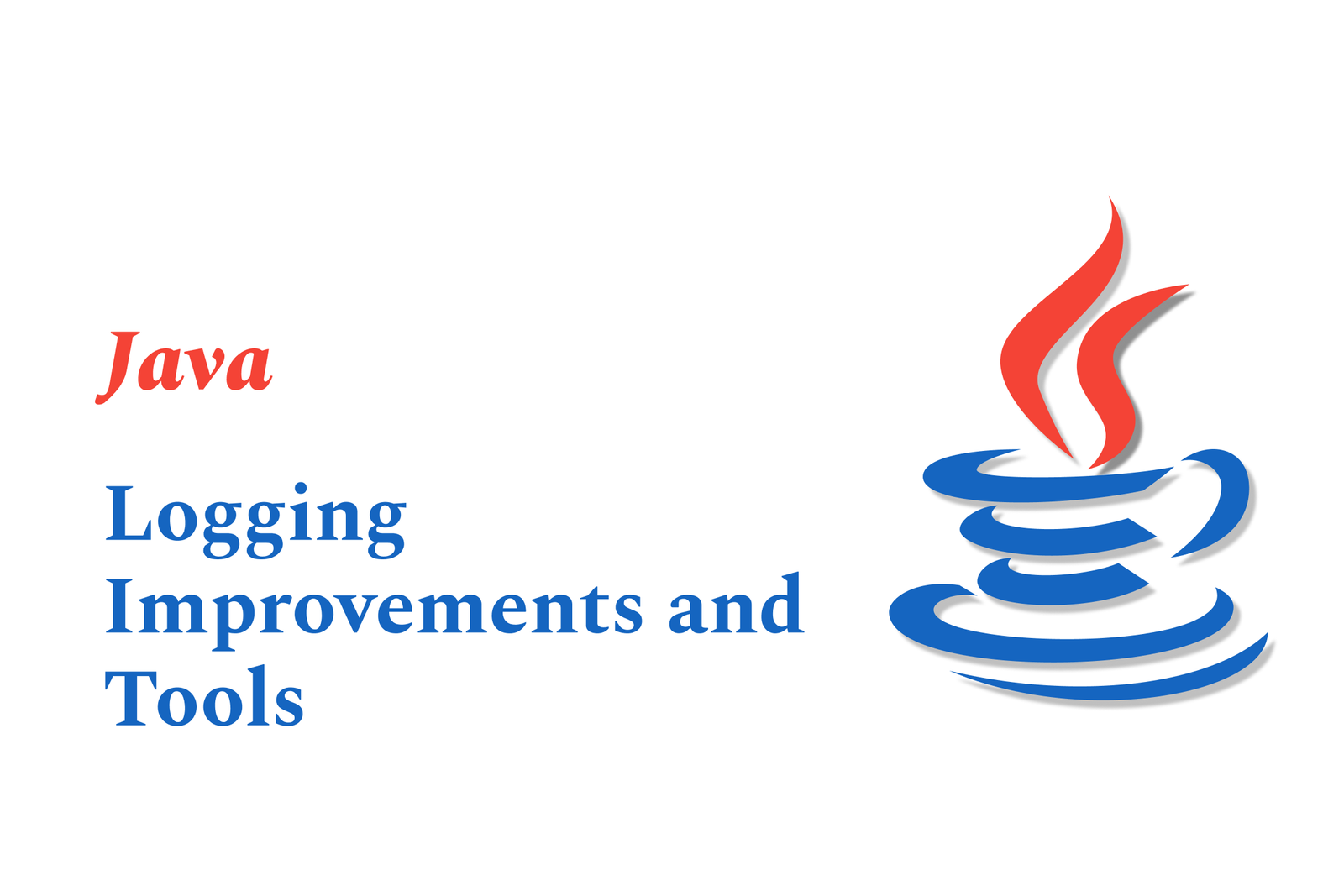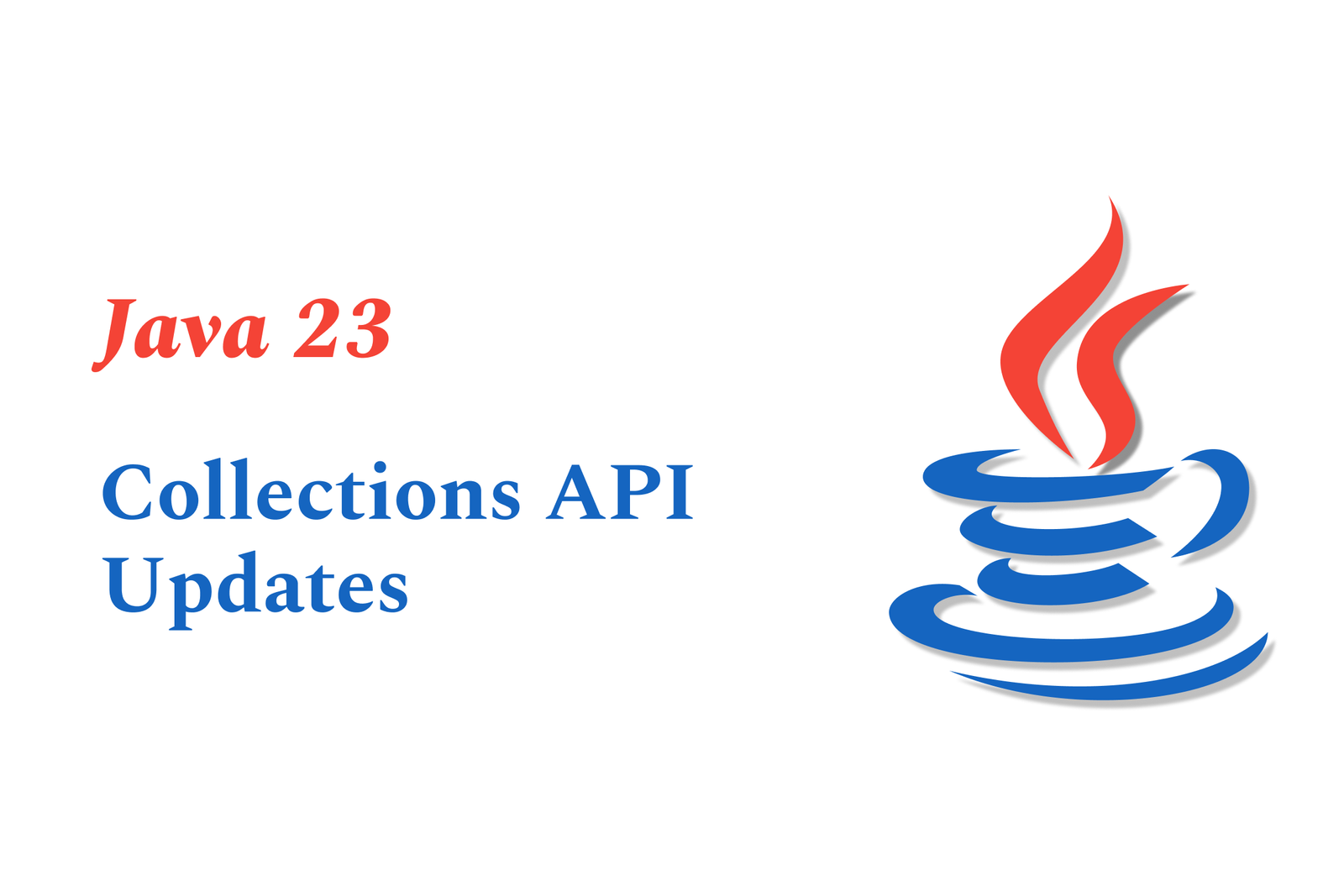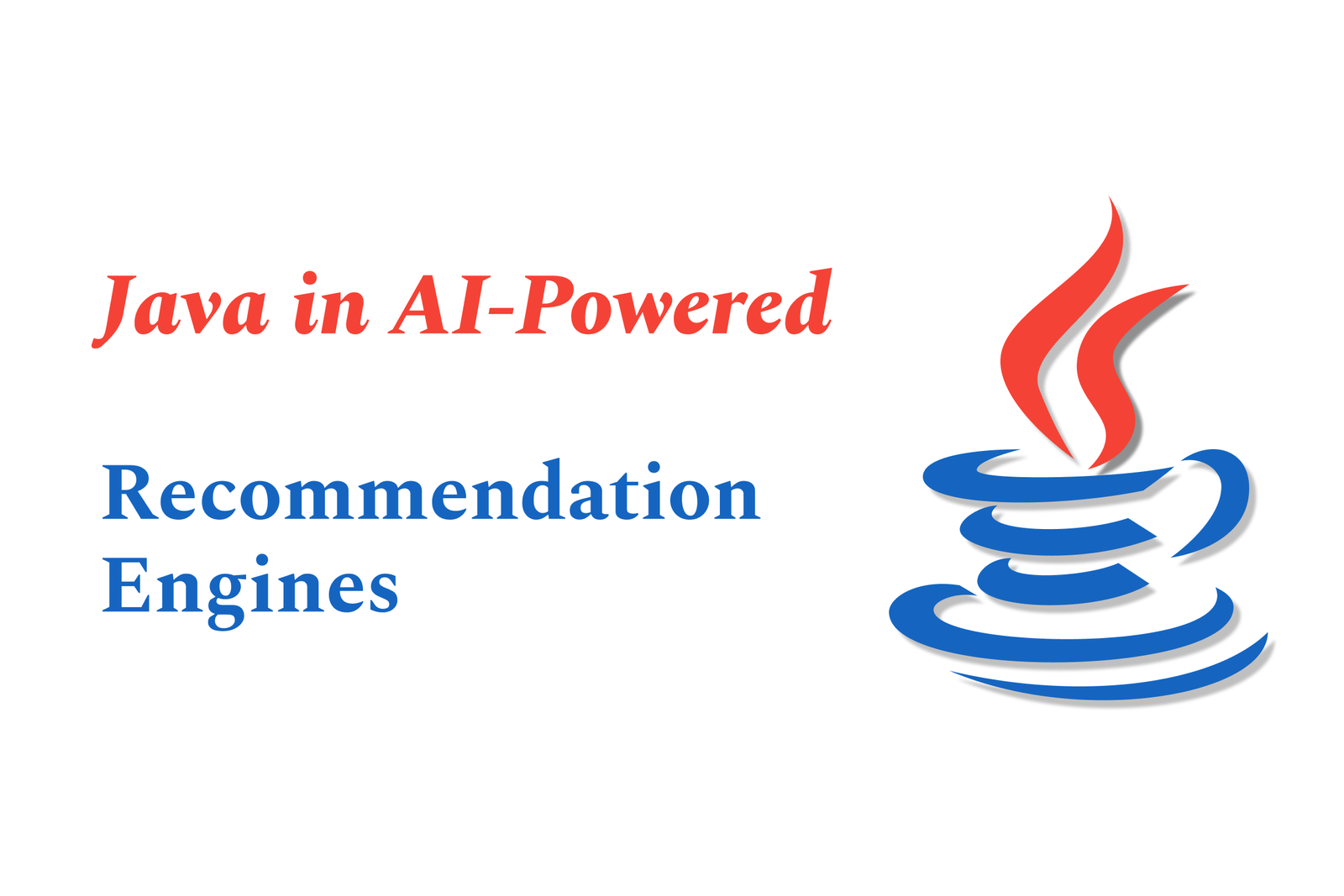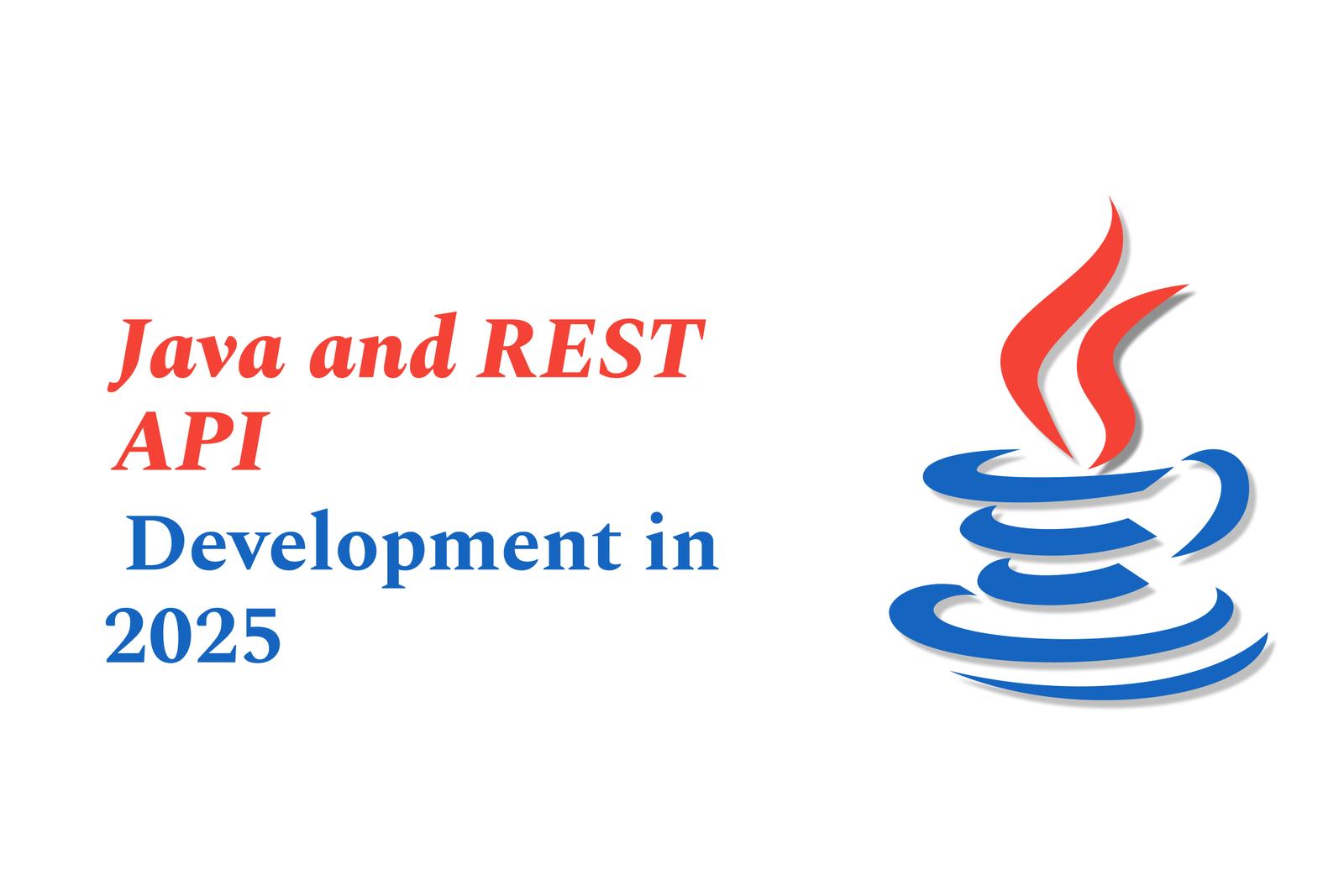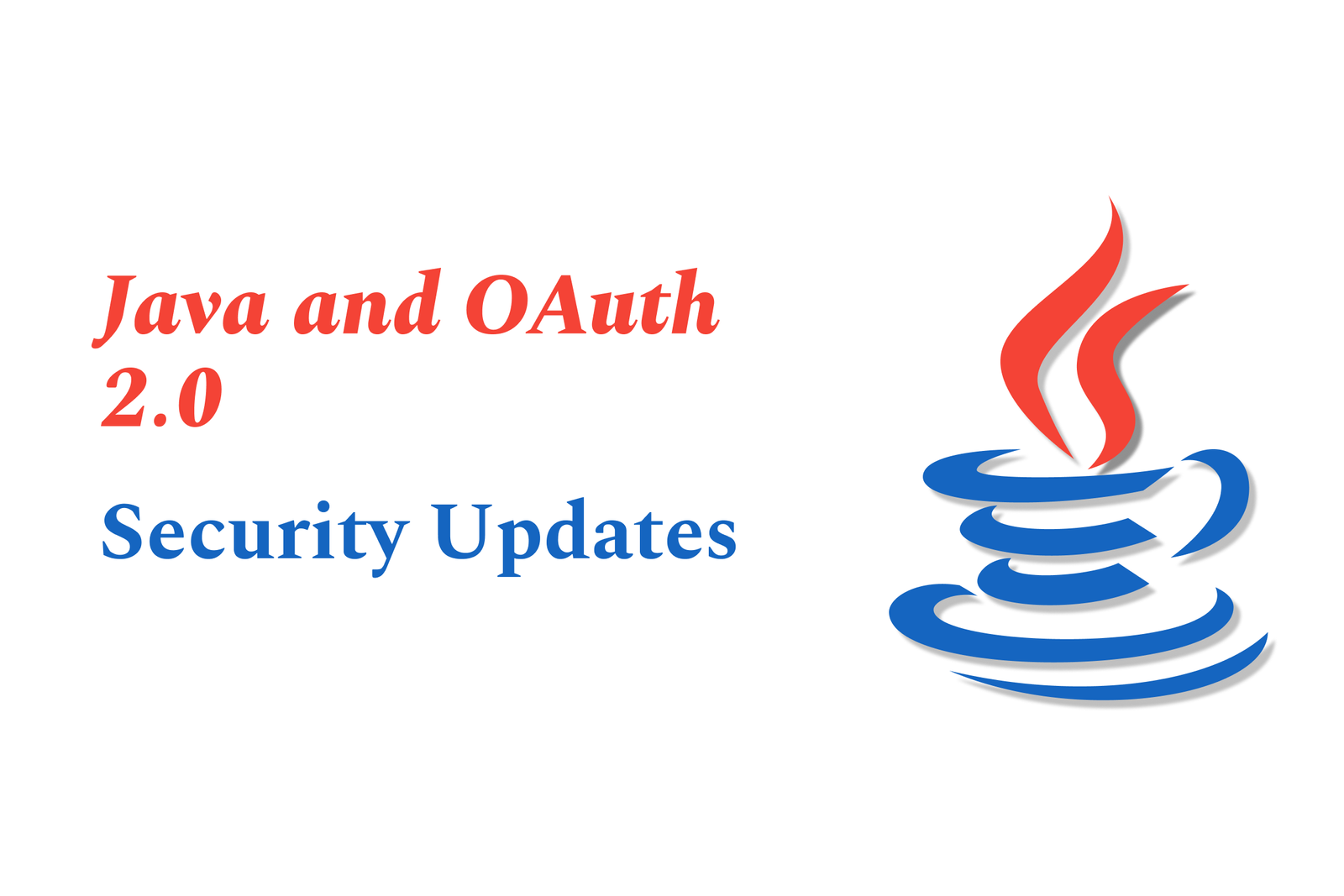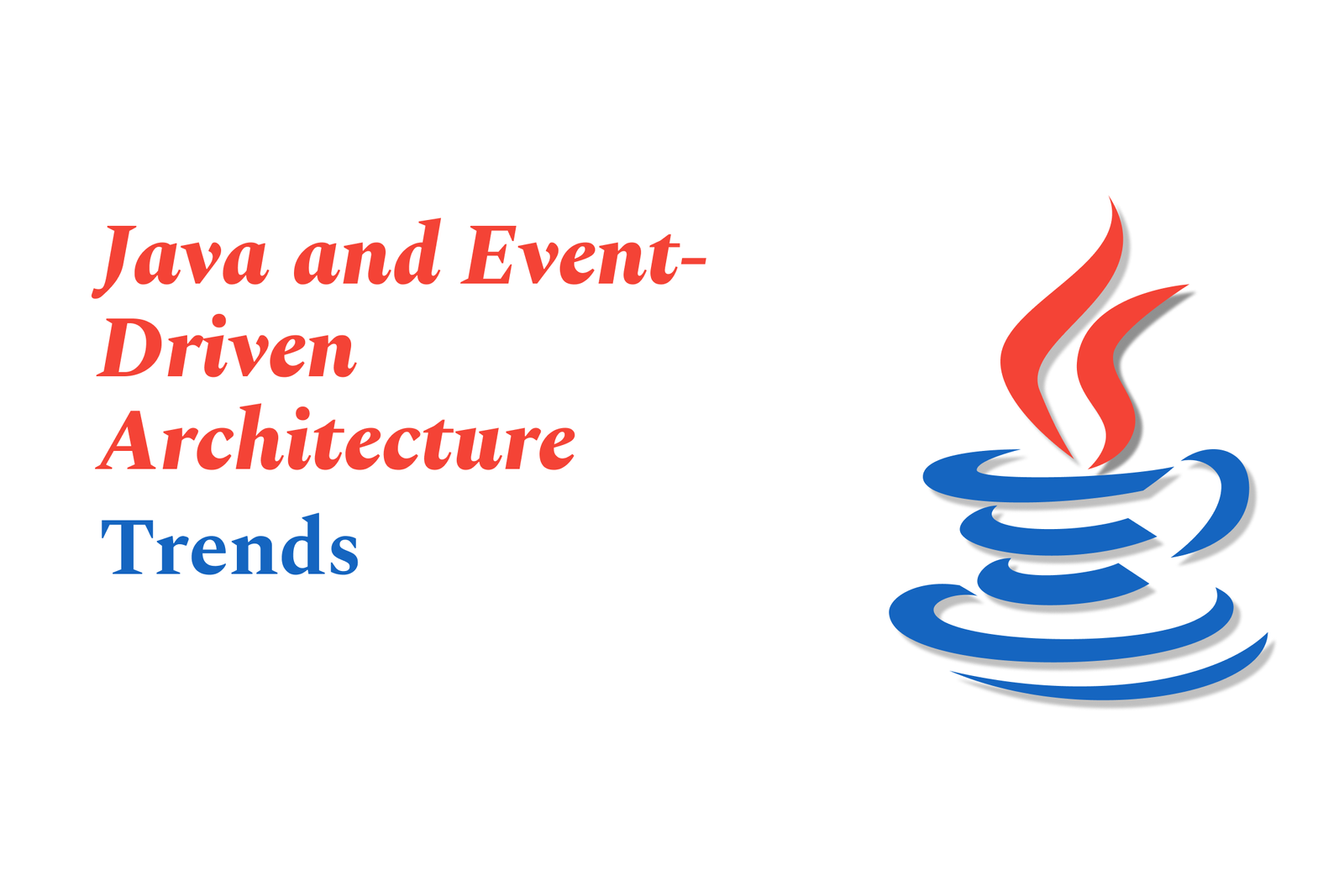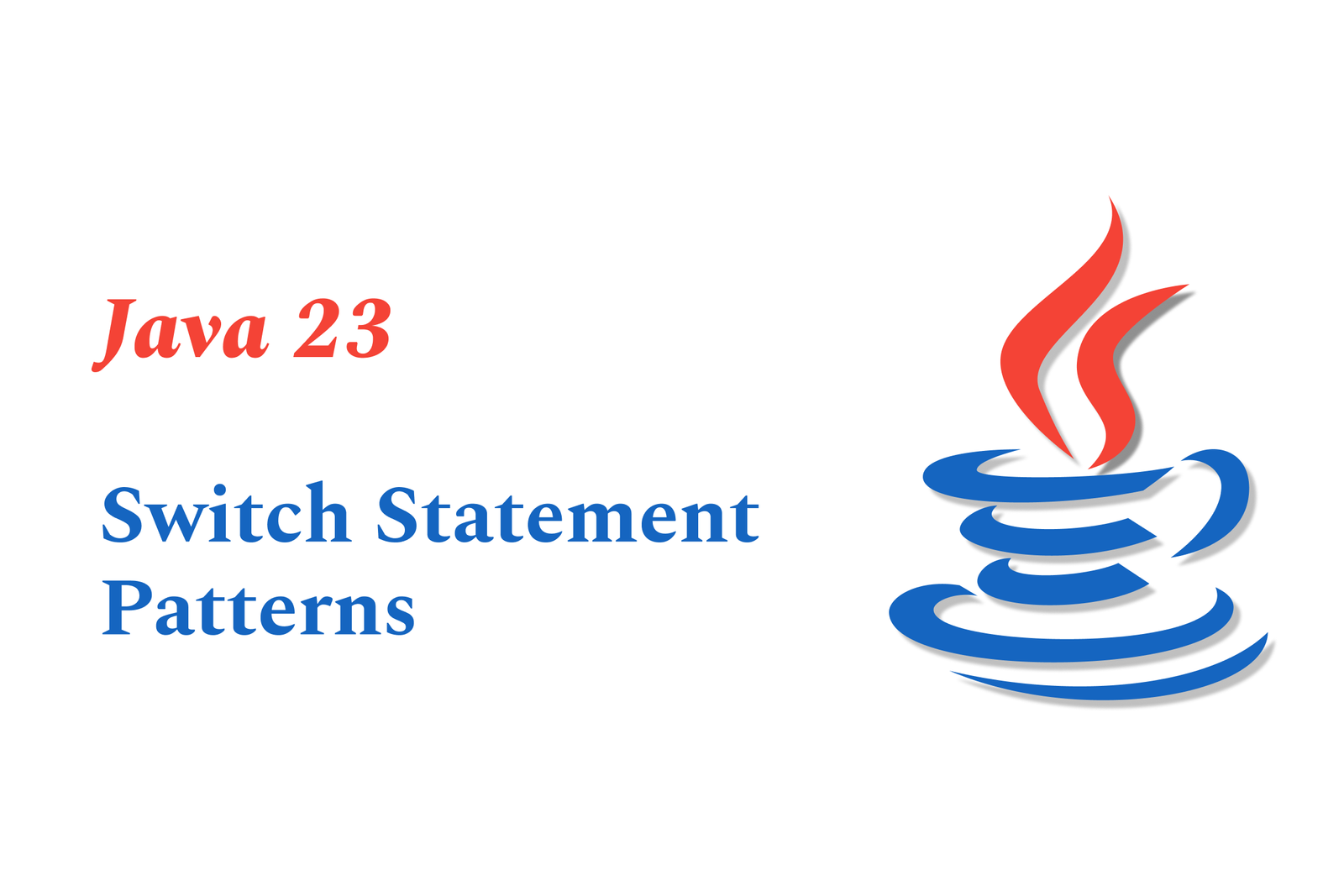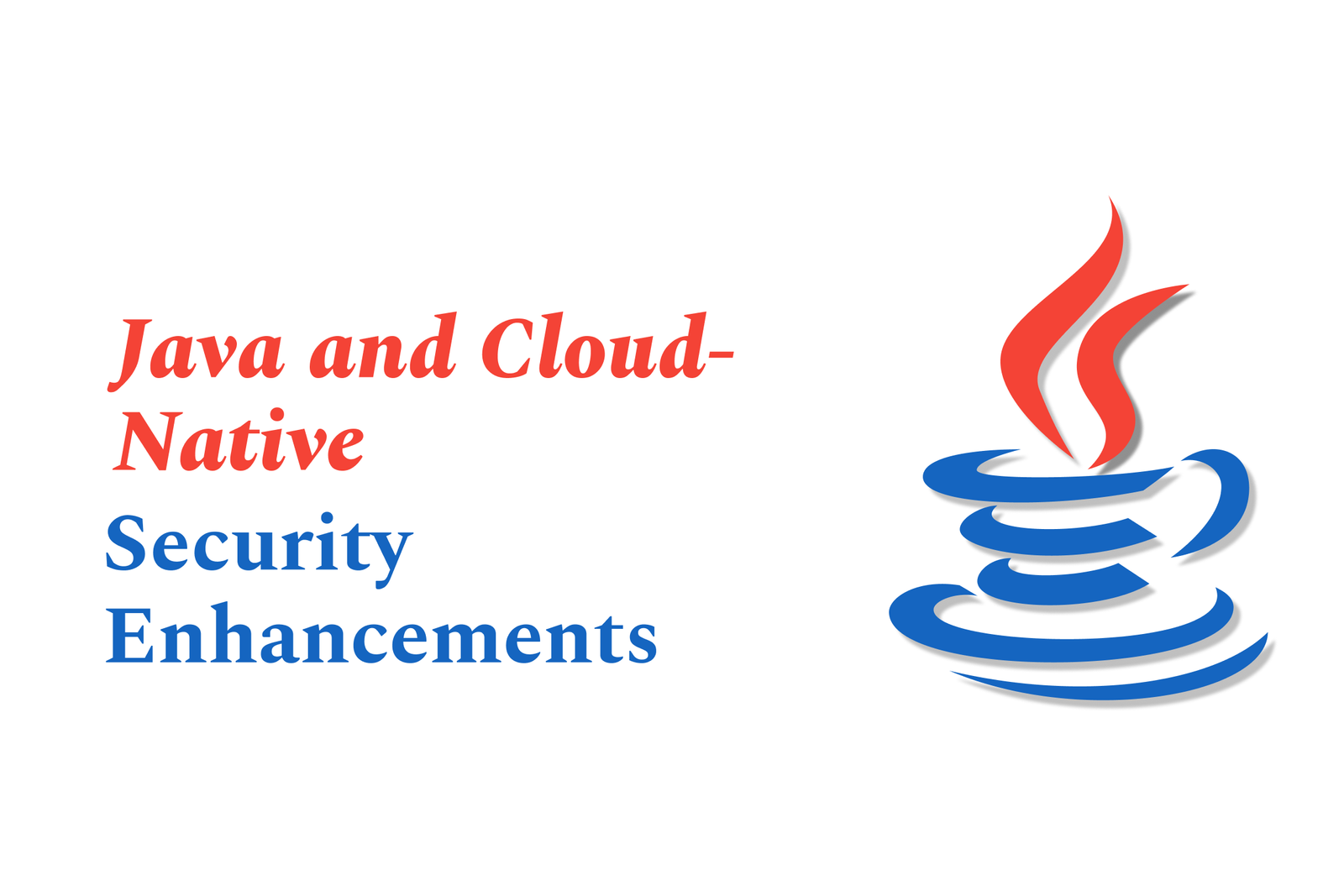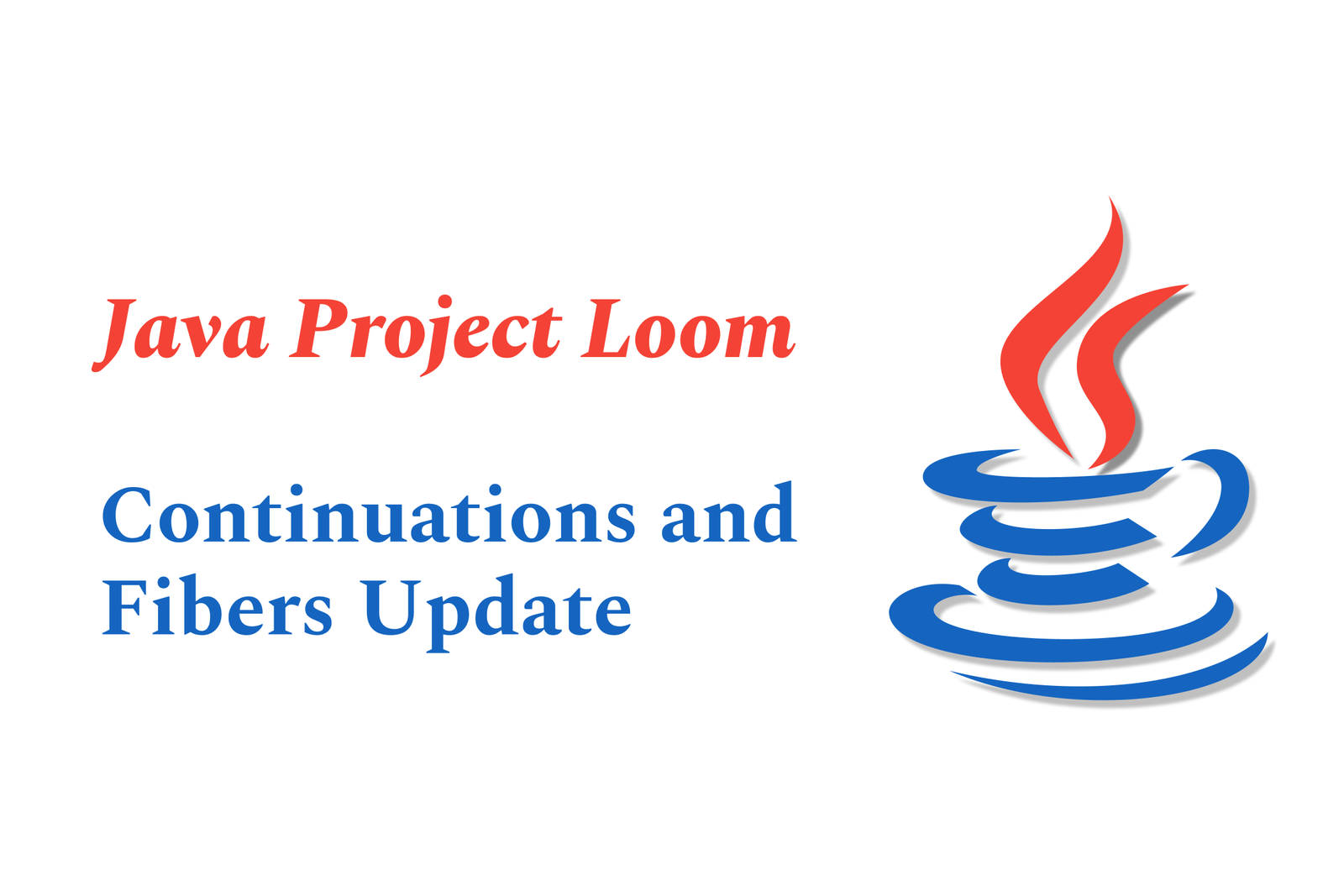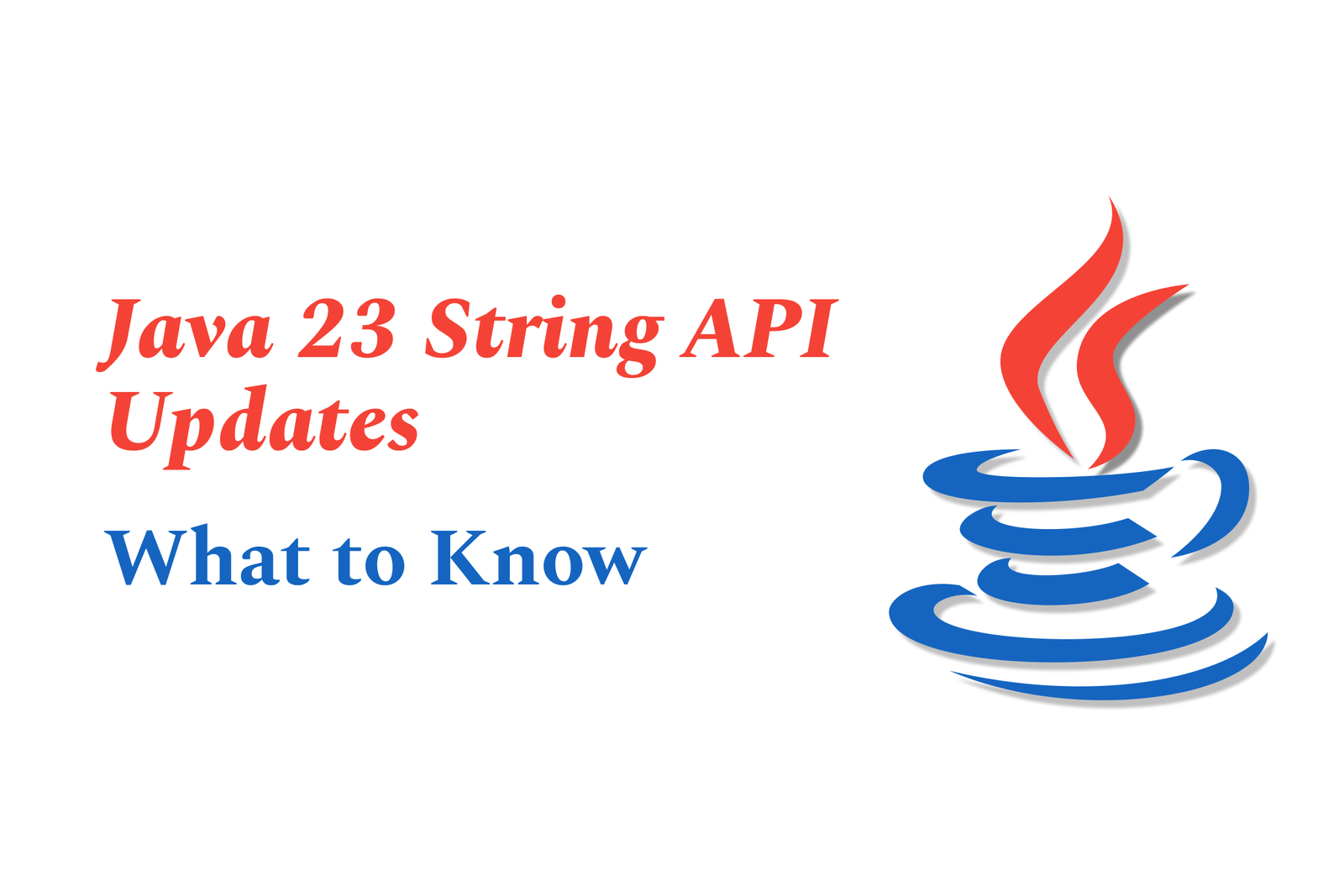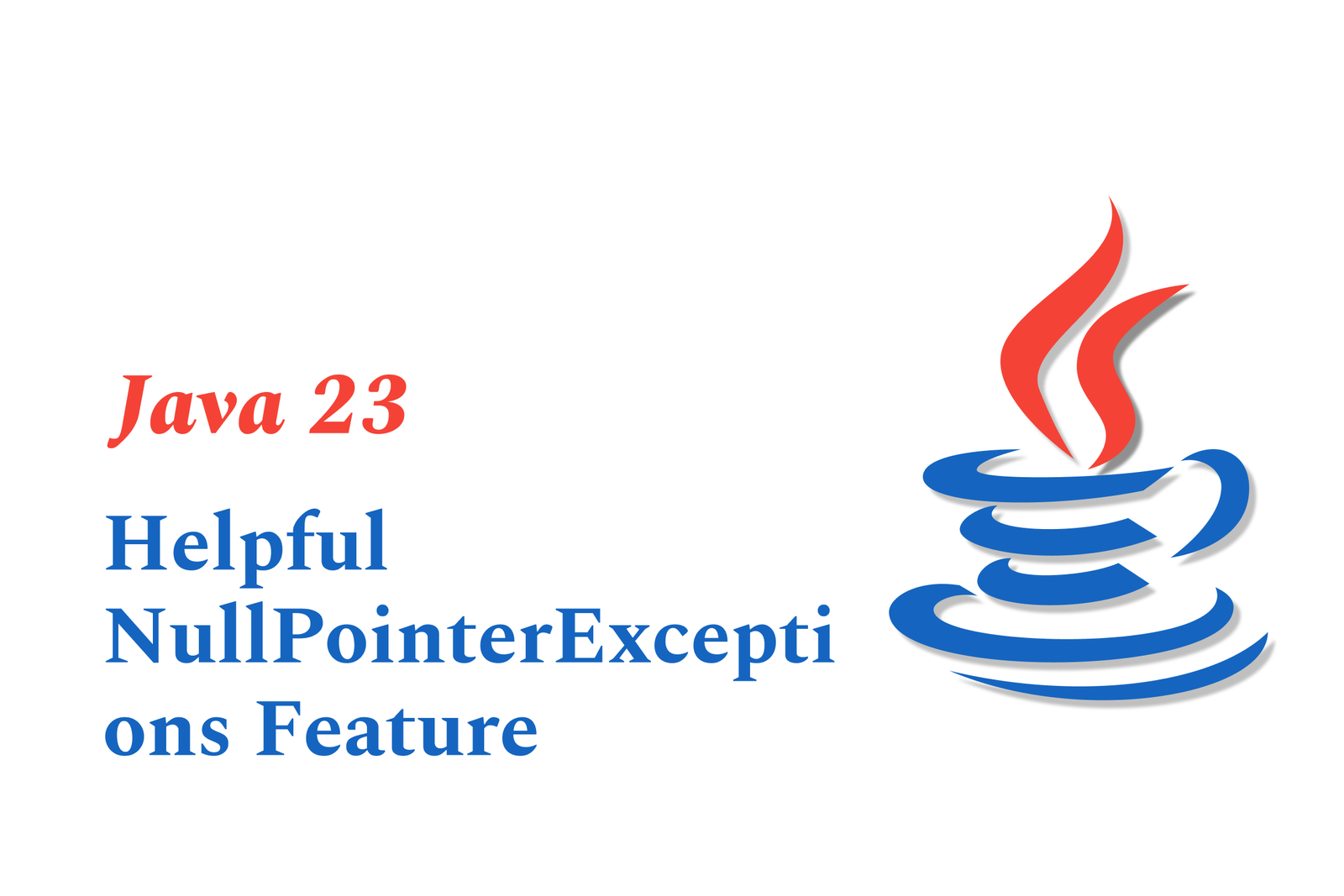How Java supports GDPR and data privacy
Java supports GDPR and data privacy by enabling secure data handling through encryption, controlled access, and precise data management. It allows developers to minimize PII exposure, ensure data confidentiality, and design workflows that comply with data protection regulations effectively.
Learn MoreJava Code Quality Tools Updates
Java code quality tools have evolved to include advanced static analysis, integrated security checks, and AI-powered code reviews. These updates help developers detect bugs, enforce coding standards, and enhance security, streamlining the development process and improving overall code reliability.
Learn MoreJava in Big Tech Companies: What?s New?
Java remains a cornerstone in big tech companies, evolving with modern features like records, pattern matching, and virtual threads. Its robust ecosystem, enhanced performance, and growing AI integrations keep it vital for both legacy systems and innovative new projects.
Learn MoreJava and ci/cd pipeline optimizations
Java and CI/CD pipeline optimizations streamline Java application development by automating builds, tests, and deployments. They improve efficiency through parallelization, caching, and secure secrets management, enabling faster feedback loops and more reliable, scalable software delivery.
Learn MoreJava Support for Modern Cryptography Standards
Java supports modern cryptography standards through its flexible Java Cryptography Architecture (JCA), enabling integration of advanced algorithms like AES, EdDSA, and post-quantum tools. Libraries like Bouncy Castle offer FIPS-certified, hardware-accelerated implementations for secure development.
Learn MoreJava 23 Enhancements In Record Patterns
Java 23 enhances record patterns by enabling concise, direct destructuring of record components within pattern matching, simplifying type checks and data extraction. This improvement boosts code readability and expressiveness by reducing boilerplate in handling immutable data classes.
Learn MoreJava in mobile app backends: latest trends
Java remains a top choice for mobile app backends, powering scalable, secure, and high-performance server-side solutions. Latest trends include cloud-native microservices, reactive programming, and enhanced JVM optimizations, enabling efficient, flexible, and robust mobile backend development.
Learn MoreJava and Apache Spark: latest updates
Java SE 24 and LTS Java SE 21 offer enhanced features and performance, while Apache Spark 4.0.0 introduces Scala 2.13 support and advanced ML and SQL capabilities. Together, they empower developers to build scalable, high-performance data applications with modern tools.
Learn MoreJava Testing Frameworks Updates: JUnit 5 and Beyond
JUnit 5 modernizes Java testing with a modular architecture, improved assertions, and seamless Java 8+ support. Beyond JUnit, tools like Mockito and AssertJ enhance mocking and assertions, creating a powerful, flexible ecosystem for writing clean, efficient Java unit tests.
Learn MoreJava in Cloud Automation Tools
Java plays a pivotal role in cloud automation tools by providing a robust, platform-independent language used to build scalable automation frameworks like Jenkins and Selenium, enabling efficient CI/CD pipelines, testing, and orchestration across diverse cloud environments.
Learn MoreJava Logging Improvements and Tools
Java logging has evolved from the basic java.util.logging API to powerful tools like Apache Log4j 2, offering enhanced configurability, performance, and flexibility. These improvements help developers better monitor, debug, and optimize applications with advanced features and integrations.
Learn MoreJava 23 Collections API Updates
Java 23 introduces enhancements to the Collections API, improving performance, adding new APIs for easier data manipulation, and enhancing interoperability between collections. These updates streamline programming with collections and support modern Java features like records and pattern matching.
Learn MoreJava in AI-Powered Recommendation Engines
Java plays a key role in AI-powered recommendation engines by providing a robust, scalable platform for developing algorithms that analyze user data and deliver personalized suggestions, making it ideal for building efficient, enterprise-grade AI systems in e-commerce and beyond.
Learn MoreJava and REST API development in 2025
In 2025, Java remains a top choice for REST API development, offering robust tools, improved performance, and strong ecosystem support. REST APIs emphasize stateless, resource-based communication, enabling scalable, secure, and efficient web services across diverse applications.
Learn MoreJava And OAuth 2.0 Security Updates
Java developers leveraging OAuth 2.0 must adopt updated security practices, including unique per-connector redirect URIs and deprecated legacy grants, aligning with OAuth 2.1 and RFC 9700 standards to enhance authorization safety and prevent token-related vulnerabilities.
Learn MoreJava and Event-Driven Architecture: Trends
Java plays a key role in Event-Driven Architecture (EDA), enabling real-time, asynchronous applications with robust tooling and frameworks. Trends show growing adoption of EDA in digital ecosystems, emphasizing reactive design, decoupling, and scalable event-driven solutions for modern business needs.
Learn MoreJava 23 Switch Statement Patterns
Java 23 enhances switch statements with pattern matching, allowing concise, expressive type checks—including primitives—and guarded cases. This feature simplifies code by combining type testing, casting, and conditions directly within switch cases for clearer, safer control flow.
Learn MoreJava and Cloud-Native Security Enhancements
Java, a key language for cloud-native apps, embraces enhanced security through integrated tools, secure coding practices, and seamless support for container and cloud platforms, enabling developers to build resilient, secure applications aligned with modern cloud-native security frameworks.
Learn MoreJava Project Loom: continuations and fibers update
Java Project Loom introduces lightweight virtual threads called fibers, enabled by continuations, to simplify concurrency in Java. It allows millions of efficient, easy-to-use threads managed by the JVM, enhancing scalability and performance without complex async code changes.
Learn MoreJava 23 String API Updates: What To Know
Java 23 String API updates focus on refining existing string handling without introducing the anticipated String Template feature, which was removed from this release. Developers should rely on the mature String API and prepare for future enhancements by enabling preview features in their tools.
Learn MoreJava 23 helpful NullPointerExceptions feature
Java 23’s Helpful NullPointerExceptions feature enhances error messages by precisely identifying which variable or expression was null, making debugging faster and easier. This improves developer productivity by providing clearer, more informative runtime null pointer exceptions.
Learn More









